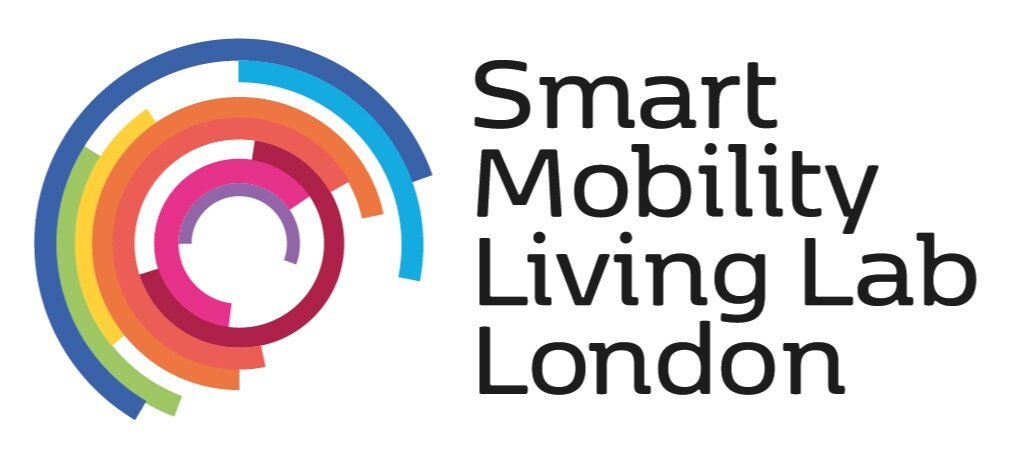Innovator series: Jock Kinneir and Margaret Calver
What would journeys be without road signs?
Without directions?
Without the knowing where you are going?
Each week we’re shining a spotlight on the people throughout history that have changed the game when it comes to how people and things get from A to B. This week, we’re taking a look at Jock Kinneir and Margaret Calver, the mother and father of Britain’s modern road signs. Their work is probably some of the most well-known signage in history, however this unsung dream team are widely unknown.
Described as “one of the most ambitious and effective information design projects ever executed in Britain,” taking on the redesign of Britain’s road and motorway signage system was no small feat.
Back when they undertook this challenge, Britain’s roads were littered with many signs commissioned by various bodies, each bearing different symbols, colours and typefaces. Jock described it as “chaotic and confusing” and stated that a new “coherent and easily legible” signage system was urgently needed.
Starting with the question: “What do I want to know, trying to read a sign at speed?” the pair set to work distilling the necessary information, as well as creating an appearance to “make the maximum sense and minimum cost.”
Kinneir and Calvert eventually settled on a system that uses bold colours and simple images to map junctions, hazards and provide warnings to drivers. They found that a combination of upper and lower-case letters would be more legible than conventional capitals, they also developed a new typeface for use on the signs. This approach was a stark contrast to the disparate wordy signage that existed previously.
The initial tests of this revolutionary signage system took place in an underground car park in Knightsbridge next to Hyde Park and then in the park itself. In the park, the signs were propped up against trees to determine suitable background colours and reading distances. The very first public appearance of the new signs took place in 1958 on the first motorway-standard road – the Preston by-pass in Lancashire (now part of the M6). The system was a great success and was soon approved.
As tech has evolved, we’ve seen additions and augmentations to Kinnier and Calver’s designs, such as digital and dynamic road signs on motorways. But as we move into the future and progress towards self-driving vehicles how will these be adapted? Will our road signs continue to be an important part of the infrastructure that is used to guide traffic?
We’ve already seen image sensors being integrated into autonomous vehicles to enable them to read our road signs and navigate through complex environments. Testing self-driving vehicles on public roads, such as those available at our Greenwich and Queen Elizabeth Olympic Park testbeds, will prove an important part of progressing autonomous vehicles, as they provide an honest representation of urban infrastructure.
The question is, how will road signs adapt when there is no human driver to read them? Will they be written and displayed in a language that is recognised only by cars? Will cars talk to each other and act as the navigator for nearby cars on the road? It’s interesting times ahead and I for one am looking forward to watching how this one unfolds!
The successful deployment of CAV will rely on much more than just the cars. At SMLL we aim to develop more intelligent, safe and joined up transport systems by providing a complex, urban environment where the ecosystem can explore the role of road signs and many more elements of the future of mobility.
Check back next week for the second instalment of our innovator series, where we’ll look at the unsung heroes behind Waterloo Bridge.

